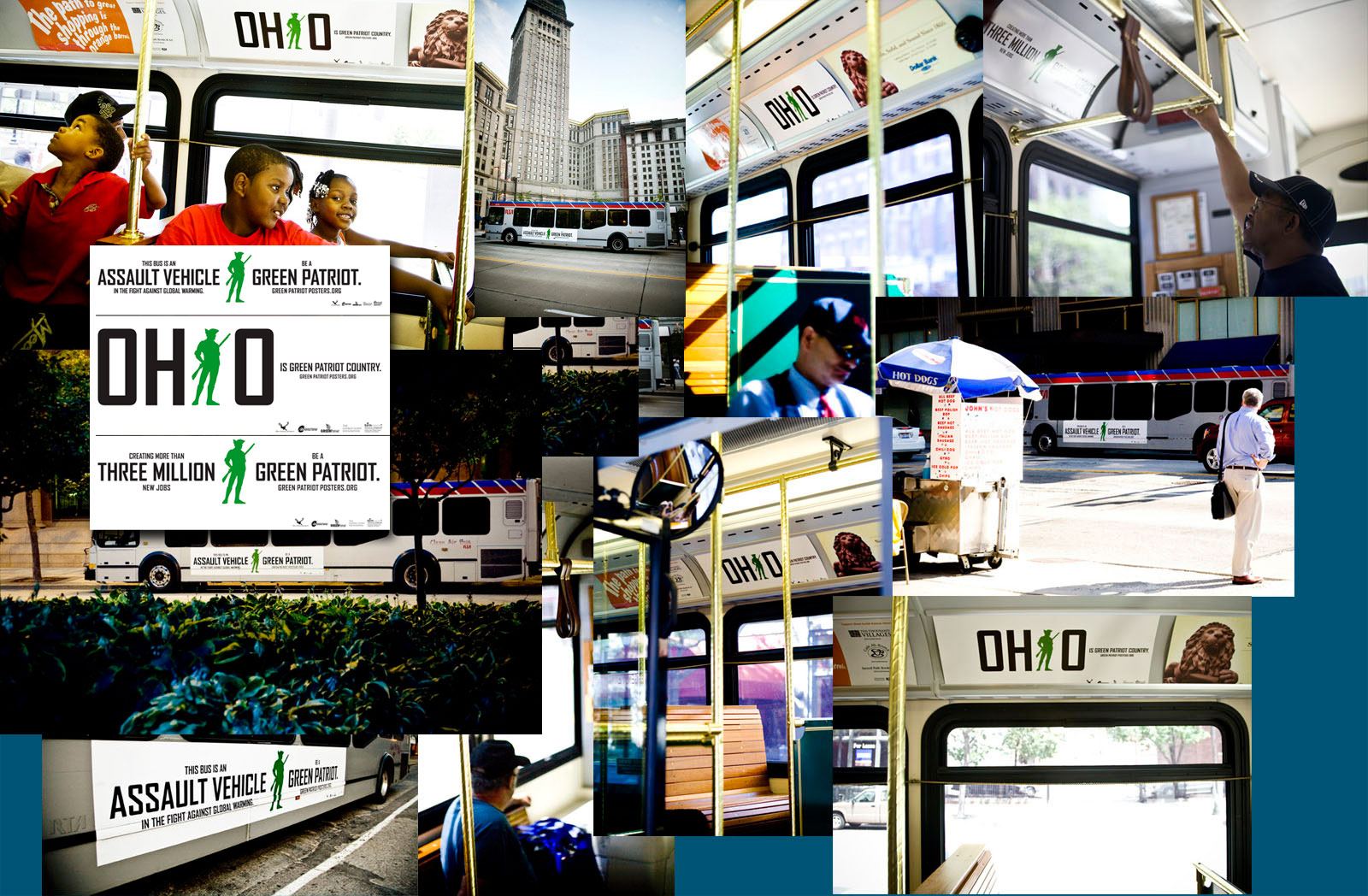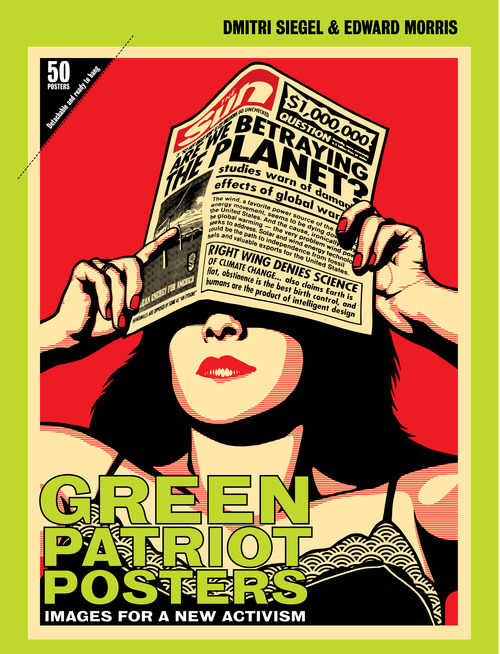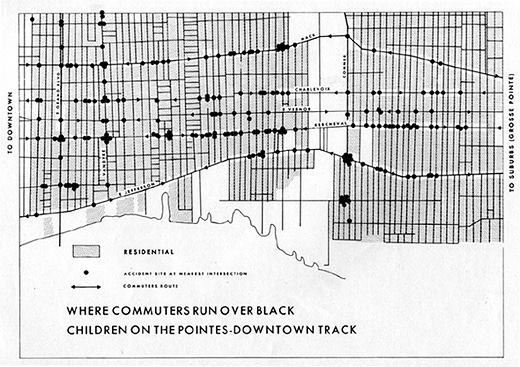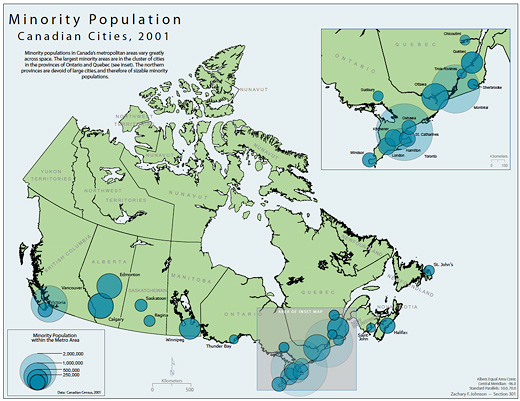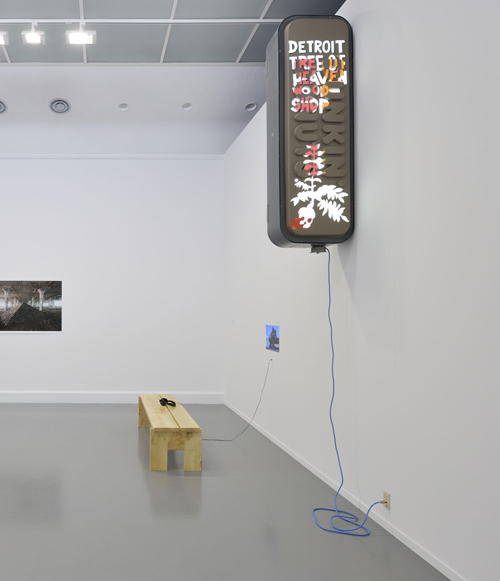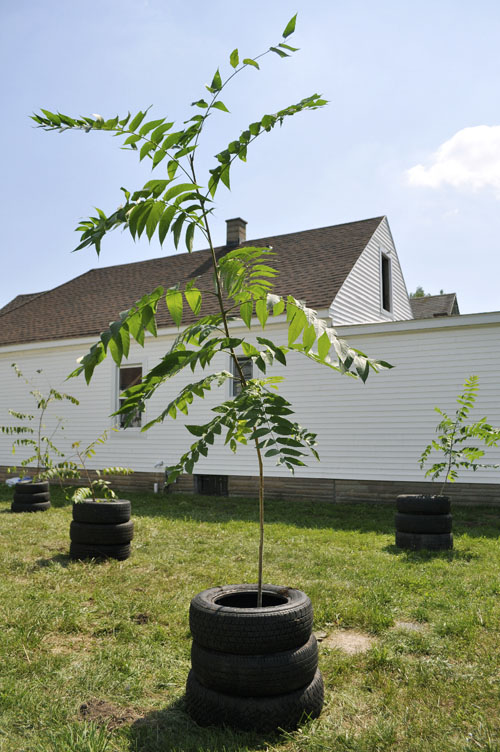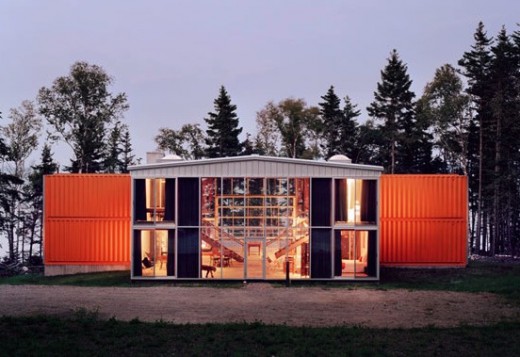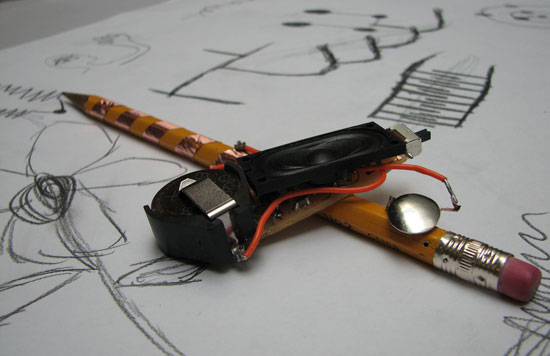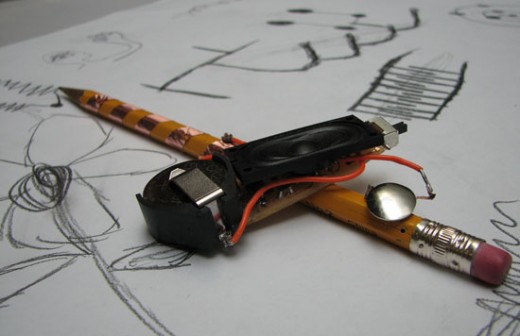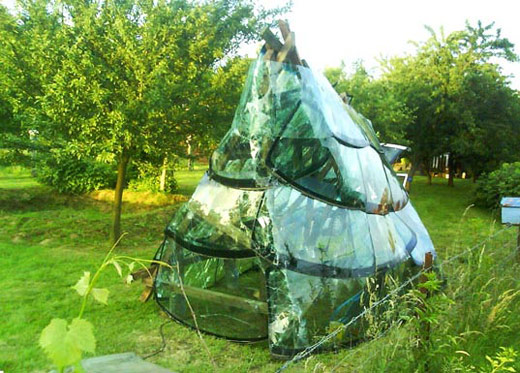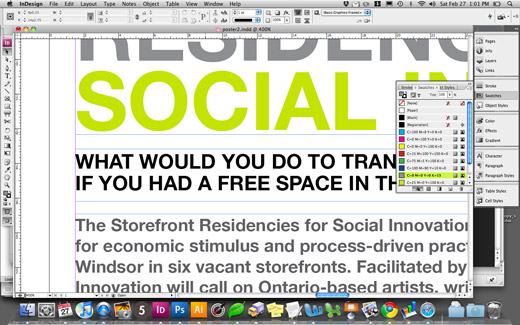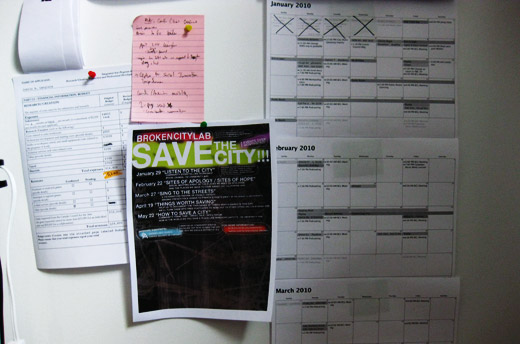
During this past week, the 44th Kent State Folk Festival was held. The festival is the second oldest continuously produced folk festival on a college campus, preserving folk and heritage music through concerts, workshops and educational programs. There’s an authenticity here.
What’s really interesting about this particular event though, is how I found out about it. The popular marketing, trends, and culture website PSFK.com featured the campaign used for the festival. The design and marketing group Marcus Thomas created this campaign that enacts an interesting dialogue around the prevalence of social media and its role in and effects on contemporary music culture.
The overt criticism of social media networks is an inspiring gesture. It seems to have become so easy to click a “Like” button or click “I’m Attending” (without the social obligation to do so), when local music (and cultural) scenes are in greater need than ever to have “real” attendees to live shows and events.
The campaign is, however, also a bit hypocritical since the festival makes use of extensive social networking and internet based advertising — making this ironic gesture only fuels the “buy in” to social networking.
These points can go for other social groups or events, like Broken City Lab. Sometimes a lot of the networking is done in a digital context. This barrier of separation is sometimes difficult to surpass, in order to make that connection in person. It’s often worth the “trouble” of leaving the virtual sphere and venturing out into the city, it’s just a matter of figuring out what exactly the barrier is to seeing that happen more often. How communities are shaped online and translated into real space is going to become an increasingly important question.
It’s a conversation that’s been had many times before, but still worth bringing up — how does one translate online networks into real action?
All posters from Marcus Thomas Marketing Agency via PSFK.com
